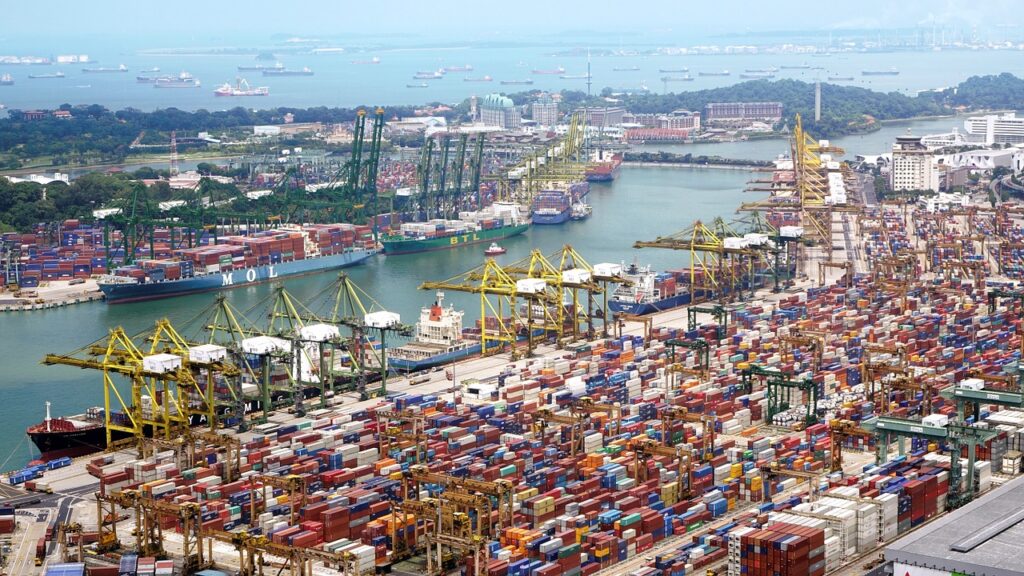Manufacturing supply chains are under unprecedented strain.
The new supply chain stress indicator from Oxford Economics reveals that the US economy is facing escalating supply-side challenges.
The biggest source of stress is traffic congestion, but limited spare domestic production capacity, low inventories, sharply higher input costs, and labor shortages are making it increasingly difficult for supply to keep up with demand.
In July, total oceanborne cargo volumes received at U.S. ports hit new highs, up 20% from pre-COVID-19 levels.
The lack of spare domestic production capacity is also a problem.
Foreign goods account for 15% of domestic manufacturing gross output, with some manufacturing sub-sectors relying on them even more.
Transportation bottlenecks will clear, input costs will normalize, and production and hiring challenges will fade as vaccination rates rise in the United States and abroad and demand returns to pre-pandemic levels.
Since the COVID-19 outbreak, ocean freight has become a bottleneck, with inbound cargo shipments at all-time highs and shipping costs up 400% or more.
In August, manufacturing capacity utilization was 76.7%, which was higher than the 2015-19 average and less than 3 percentage points lower than the peak of the last two decades.
In both durables and non-durables production, slack is minimal, with COVID-19 highlighting the fact that US production capacity hasn’t increased since 2000.
The result of significant shortages and strong demand, production costs are sharply higher, particularly for raw materials used in durables and non-durables manufacturing, which are up 35-55% year over year.
In the last two decades, the economy has experienced the greatest imbalance between raw materials and finished goods.
COVID-19 has disrupted the normal correlation between inventory restocking and business cycle upturns.
Almost 75% of manufacturing sub-sector inventories are now leaner than they were before COVID-19.
Rising labor-related pressures are being signaled by an increase in unfilled job vacancies, stronger wage growth, and more overtime hours.
Labor stress is found to be lower than other supply-side challenges, according to the tracker.
Read the original article “Manufacturing Supply Chains are Under Stress at Never-Before-Seen Levels” at https://www.sdcexec.com/sourcing-procurement/manufacturing/news/21735173/oxford-economics-manufacturing-supply-chains-facing-historic-stress-levels


